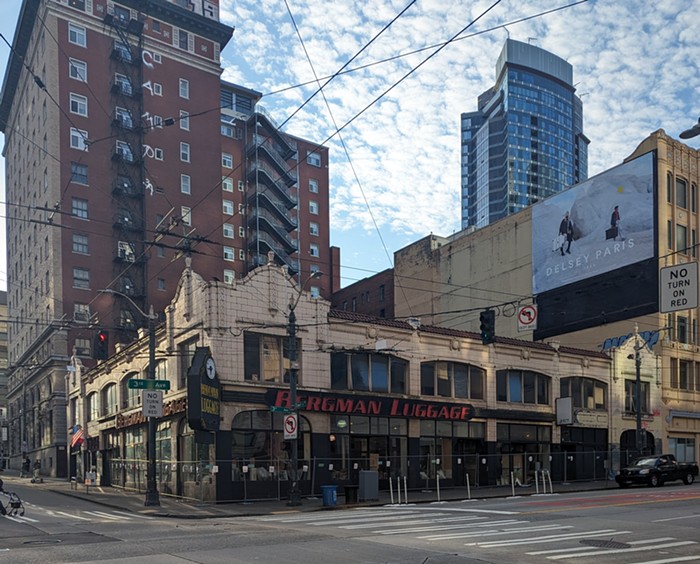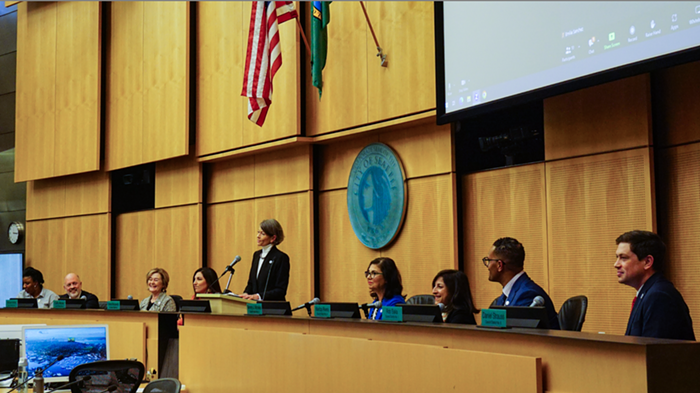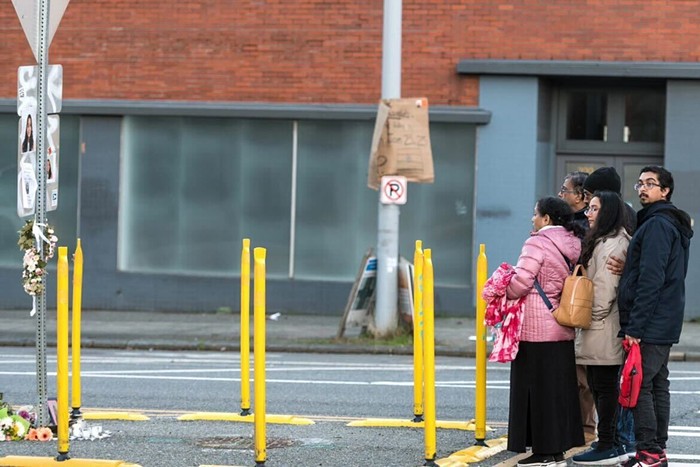
I recently stumbled across a fascinating Vanity Fair article by James Atlas about early Microsoft employees who made their millions and then retired well before they were eligible for senior discounts. It was published in 1999, the same year as the WTO riots, and reading it, I was amazed at how little has changed in Seattle. Since then, there have been two major financial collapses—first the dot-com bubble burst in 2000, and then the 2008 recession—and Microsoft is no longer the biggest dog in town, but had you replaced the word "Microsoft" with "Amazon" and thrown in a few paragraphs about the housing crisis, it could have been written today.
Take this:
One of the strangest outcomes of the software—and now the Internet—revolution has been the creation of a new class: the retired instant rich. In Seattle, most of them worked at Microsoft and “cashed out” when their stock options reached a certain optimum level, a cohort so numerous that it has a name: the Class of Two Thousand. Actually, it’s even more: there are close to 60,000 households in the Puget Sound area with a net worth of $1 million or more, and a lot of that money has been generated by the electronic revolution. The city itself is in the midst of a marathon refurbishment. It seems as if half the blocks in downtown Seattle are crane-littered construction sites.
Sound familiar? Just last week, Seattle Times reporter Mike Rosenberg wrote about the 45 cranes currently dotting the Seattle skyline, the highest number in any city in the U.S.
The construction has spread from downtown to every neighborhood with or without a pulse. The millionaires (and billionaires) have grown, too. Worrying about gentrification, however, is hardly new. The 1999 article mentions the "rapidly gentrifying" Pike/Pine neighborhood. While this "rapidly gentrifying" area has expanded south, east, north, and even west, 20 years later, we're still talking about the rapid gentrification of those very same streets.
On closer inspection, however, things aren't entirely the same. While the Microsoft boom made an estimated 10,000 employees millionaires when the stock price shot up, in many ways, Amazon is less generous with their workers. "The overall wealth Amazon generates is trickling around," Brier Dudley, Seattle Times columnist wrote in a column comparing the two giants in 2015, "though we haven’t seen the same kind of housing gold rush that Microsoft produced." Instead, of making many millionaires, Amazon has made one billionaire and a whole bunch of well-compensated but hardly rich tech workers.
The reason Amazon has made Jeff Bezos the richest man in the world (as Microsoft did for Bill Gates) but has failed to produce the same thousands of local millionaires is because Amazon gives their employees much less compensation in stock than Microsoft did back then. Today, Amazon workers have the option of purchasing a limited number of company shares. Called Restricted Stock Units or RSUs, the number available for purchase depends on your position, with more RSUs available for higher ranking employees. A developer just out of college may get offered a $40,000 sign-on bonus, a base salary of around $100,000, and $60,000-$70,000 worth of stock, made available after four years of continuous employ with the company. It's a lot of money, especially for someone just out of college whose brain hasn't stopped growing. But millions it ain't.
Still, Seattle has certainly gotten richer since Atlas's Vanity Fair piece came out—or, at least, some people in it have. At the time, the hub of local tech money was in Redmond, not South Lake Union, and teachers, social workers, nurses, and people across the economic spectrum could afford to live in the city limits. The median household income in King County in 1999 was $37,000, and the median home price in Seattle, $210,000. In 2017, the median household income in King County was $78,000 and the median home price in Seattle a mind-blowing $700,000. Last year, for the first time, a study found that Seattle now rivals San Francisco in terms of income inequality. And that's what's really changed between 1999 and now: who can afford to remain here.



















